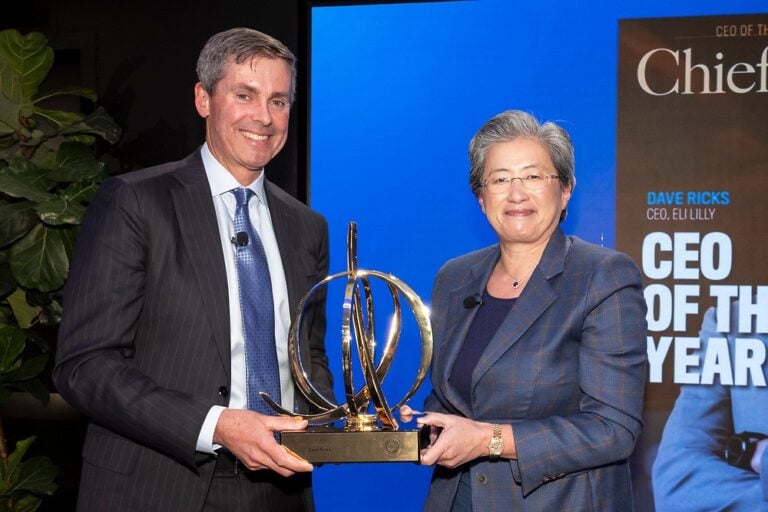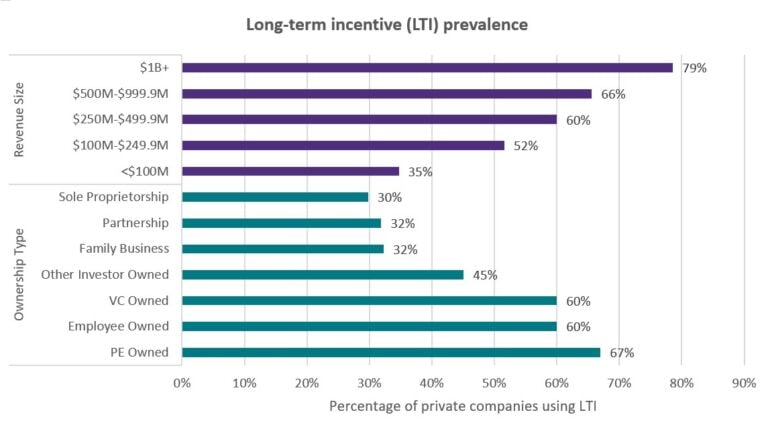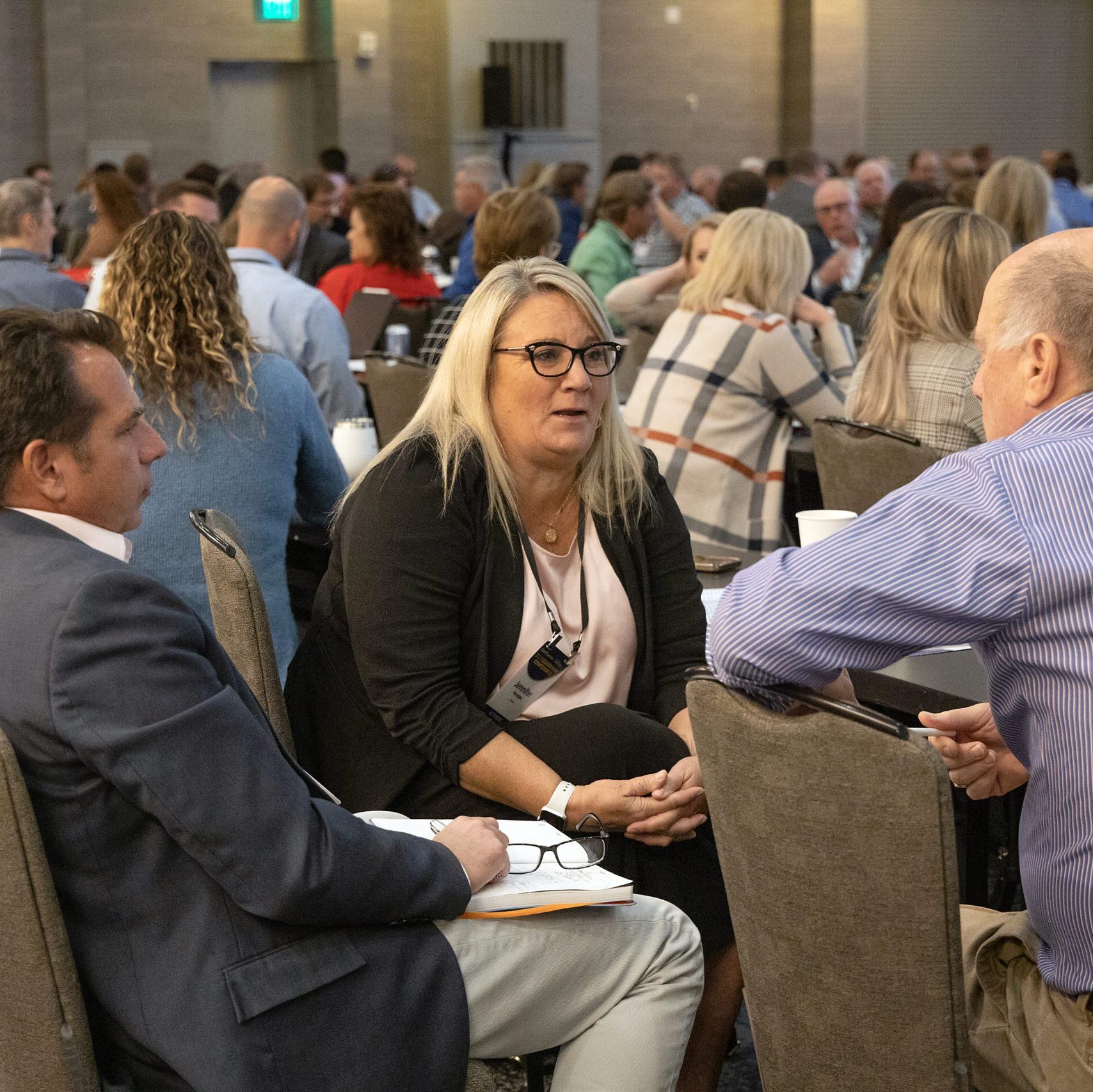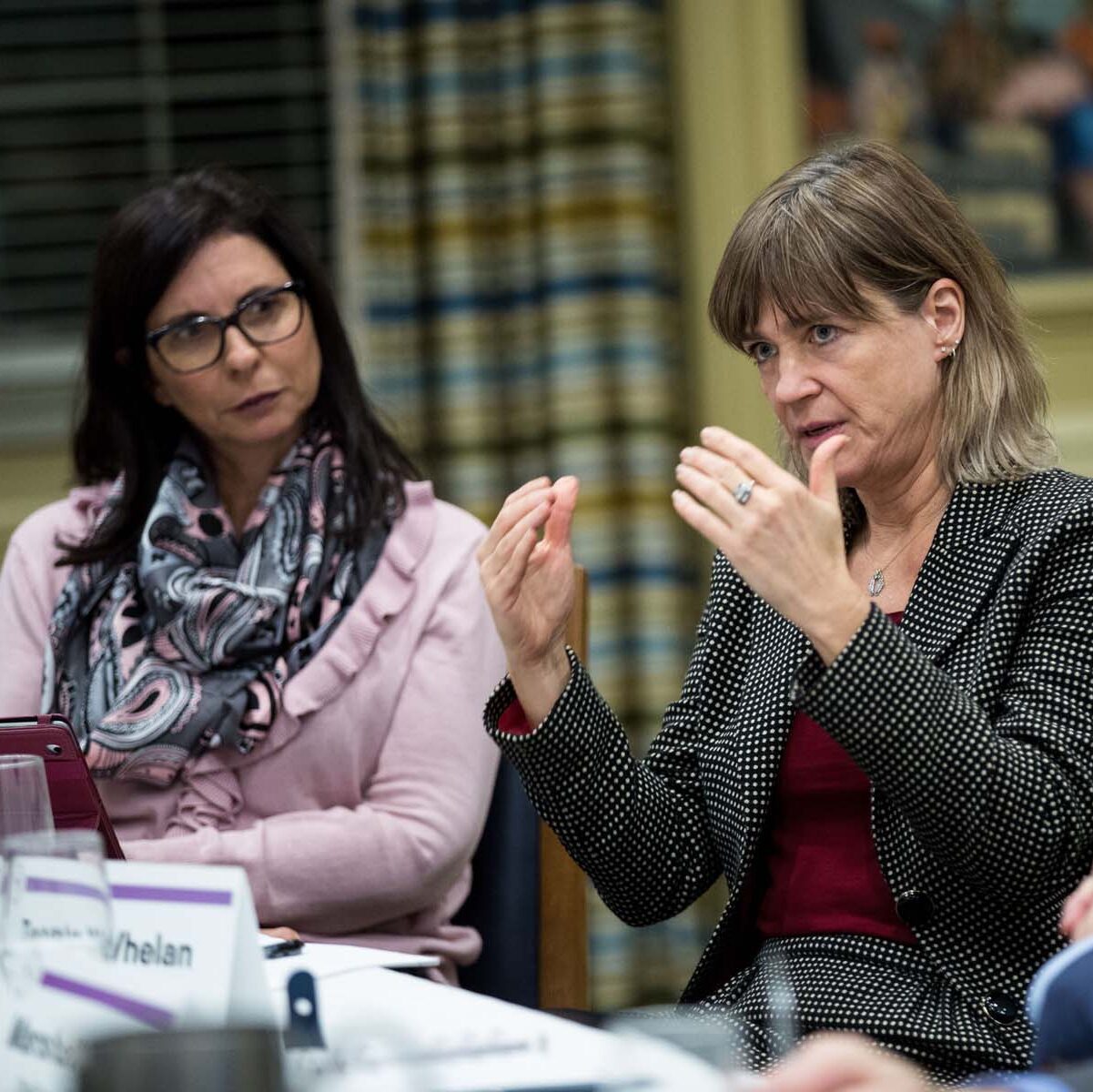


If you think that your cross-cultural training program is enough to prepare your employees for global success, think again. For human resource and global mobility professionals, the key to international effectiveness is integrating practices that move beyond cross-cultural training. What’s needed is an approach that focuses on critical cultural agility competencies.
In a study published in the International Journal of Human Resource Management, Dan Caprar from the University of Sydney and I revealed this key insight: It’s not just about exposure to different cultures; it’s about building a power pair—combining international experience with core cultural agility competencies.
Our research uncovered that professionals who excel in cross-cultural settings possess both cultural agility competencies and international experience. This combination enables them to accurately read diverse situations and respond as needed, whether using cultural adaptation, minimization or integration. In situations where they need to seamlessly blend cultural elements during an international assignment or in situations where they need to find common ground in negotiations, culturally agile professionals can toggle across these approaches:
Cultural adaptation involves adjusting behaviors to align with different cultural norms — essential in fields like sales and marketing. For instance, a marketing professional leading a campaign in Japan might adjust their communication style to be more indirect and respectful, aligning with local expectations.
Cultural minimization focuses on upholding standards and commonalities, critical for roles in safety, production, quality and ethics. Consider a production manager ensuring safety protocols remain consistent across global manufacturing sites, even when cultural norms around safety might differ.
Cultural integration blends elements from different cultures, fostering innovation within research and development teams. For example, an R&D leader in a joint venture between U.S. and German teams might balance American creativity with German precision to develop a new product.
Our findings underscore the need for HR and global mobility leaders to adopt a more holistic approach to building cultural agility. Here are three strategies to get you started:
Culturally agile professionals aren’t just effective in cross-cultural scenarios — they’re essential for thriving in today’s global business environment. Successful global mobility programs should be a cornerstone of your talent management strategy, creating a virtuous cycle where international assignments enhance cultural agility and vice versa. However, not all assignments are created equal. Research shows that the quality of the assignment can significantly impact how well it fosters global talent development.
Make sure your placements are meaningful, challenging and offer real growth opportunities. For instance, sending an engineer on a short-term assignment to oversee a project in Brazil can offer hands-on experience and build their confidence in managing diverse teams.
We all know that it’s not enough to send employees abroad and hope they learn on the job. Organizations need to actively assess and develop six key cultural agility competencies: cultural humility, tolerance for ambiguity, resilience, perspective-taking, curiosity and relationship-building. By cultivating these skills, you ensure that your global professionals are not only prepared for cross-cultural challenges but are equipped to excel.
Too often, these vital competencies are overlooked during hiring, creating a weak pipeline for strategic global roles. For example, a company that includes cultural agility assessments in its hiring process might discover that a candidate with strong relationship-building skills and high tolerance for ambiguity is a perfect fit for a role involving frequent international travel.
Traditional cross-cultural training programs often fall short by focusing solely on cultural awareness. To build a truly agile global workforce, training must develop specific cultural agility competencies. This requires a more experiential approach. For example, consider pairing high-potential employees with international mentors for immersive cross-cultural exchanges. This approach builds cultural agility and offers a side benefit of strengthening an interconnected global network within the company.
Digital tools can also be helpful for guiding employees through multicultural contexts and supporting the development of key cultural agility skills. For instance, an online training tool provides an employee in India with real-time learning before a meeting in France. When tools are tailored, they can help employees understand cultural norms and how to navigate them effectively.
Whether jobs are virtual or in-person, building a culturally agile workforce is a necessity. Achieving this can’t be a one-and-done training session. Building a culturally agile workforce requires deliberate assessment, tailored development, and thoughtful integration of cultural agility into every aspect of talent development. By embedding cultural agility within your organization—through online development tools, leadership rotations, and immersive international experiences—you can cultivate leaders who are ready to navigate the complexities of the global marketplace.
With the right strategies, many of which cost less than your current cross-cultural training program, you can create a pipeline of culturally agile talent. Start by investing in your talent, nurturing the power pair of cultural agility and international experience, and watch your organization become more effective wherever in the world you’re working. With this approach, you’ll have the workforce you need that can drive your company forward in an increasingly interconnected world.




0

1:00 - 5:00 pm
Over 70% of Executives Surveyed Agree: Many Strategic Planning Efforts Lack Systematic Approach Tips for Enhancing Your Strategic Planning Process
Executives expressed frustration with their current strategic planning process. Issues include:
Steve Rutan and Denise Harrison have put together an afternoon workshop that will provide the tools you need to address these concerns. They have worked with hundreds of executives to develop a systematic approach that will enable your team to make better decisions during strategic planning. Steve and Denise will walk you through exercises for prioritizing your lists and steps that will reset and reinvigorate your process. This will be a hands-on workshop that will enable you to think about your business as you use the tools that are being presented. If you are ready for a Strategic Planning tune-up, select this workshop in your registration form. The additional fee of $695 will be added to your total.

2:00 - 5:00 pm
Female leaders face the same issues all leaders do, but they often face additional challenges too. In this peer session, we will facilitate a discussion of best practices and how to overcome common barriers to help women leaders be more effective within and outside their organizations.
Limited space available.

10:30 - 5:00 pm
General’s Retreat at Hermitage Golf Course
Sponsored by UBS
General’s Retreat, built in 1986 with architect Gary Roger Baird, has been voted the “Best Golf Course in Nashville” and is a “must play” when visiting the Nashville, Tennessee area. With the beautiful setting along the Cumberland River, golfers of all capabilities will thoroughly enjoy the golf, scenery and hospitality.
The golf outing fee includes transportation to and from the hotel, greens/cart fees, use of practice facilities, and boxed lunch. The bus will leave the hotel at 10:30 am for a noon shotgun start and return to the hotel after the cocktail reception following the completion of the round.